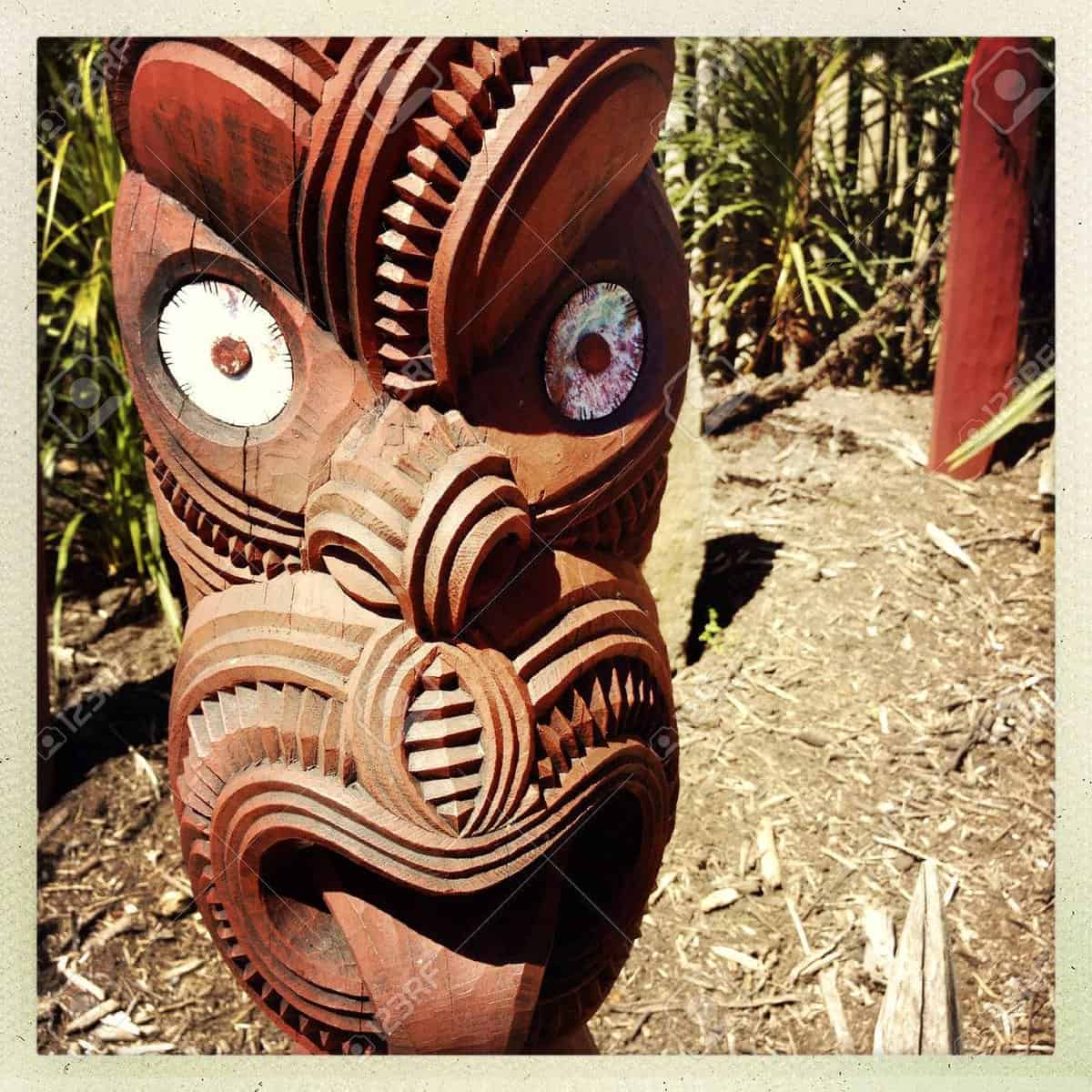Exploring New Zealand Traditional Art: A Parent’s Guide
Welcome to a world where stories are told through carvings, legends come alive in weavings, and history is painted with vibrant hues. As parents, introducing your children to the rich tapestry of New Zealand’s traditional art not only offers a glimpse into the heart of Kiwi culture but also sows the seeds of appreciation for diverse art forms. Let’s embark on this cultural journey together!
Understanding the Roots of Maori Art
New Zealand’s indigenous Maori culture is a wonder to behold, and their traditional art is a testament to their deep spiritual connection to the land and ancestors. The Maori consider themselves the guardians of the earth, and this belief reflects profoundly in their art. Discover the history of Maori art with your little ones to deepen your family’s knowledge of these unique cultural expressions.
Carvings (Whakairo): A Story in Wood, Bone, and Stone
Carving is one of the most iconic forms of Maori art, and it is a practice imbued with sacred significance. Children are naturally drawn to the intricate patterns and fierce faces depicted in Maori carvings – each groove, spiral, and line tells a story of tribal lineage and mythological tales. An at-home activity could be to use clay or soap to create simple patterns inspired by Maori designs. Remember to talk about the importance of respecting such cultural symbols when recreating them.
Weaving (Raranga) and Plaiting (Whiri): The Fabric of Life
Weaving in Maori culture is not merely a craft; it’s a sacred tradition. Materials like harakeke (New Zealand flax) are transformed into beautiful and functional items, including clothing, baskets, and wall panels. Plaiting, a related art form, often results in intricate rope work and figurines. Playing with different weaving techniques using paper strips can be a fun and engaging way for your children to explore these art forms.
Tattooing (Ta Moko): The Marks of Identity
While tattooing isn’t something to practice at home, understanding Ta Moko, the traditional Maori tattooing, is essential when learning about New Zealand art. These tattoos are more than skin-deep; they carry immense personal and cultural significance. You can encourage your children’s understanding by looking at Ta Moko-inspired designs and talking about their meanings and the stories they tell.
The Bold Patterns and Colours of Pacific Art
New Zealand is also influenced by the broader Pacific islands, resulting in a vibrant fusion that spills over into the art scene. Pacific art, with its bold patterns and saturated colors, reflects the rich narratives of the Pacific peoples. Creating art inspired by Pacific designs can be a delightful way to spend an afternoon, from creating simple drawings to crafting with bright fabrics.
Contemporary Takes on Traditional Themes
Art is ever-evolving, and so is the interpretation of traditional themes in contemporary New Zealand art. Teaching children about the dynamic nature of art can open their minds to new ways of thinking and expressing themselves. Consider visiting local galleries or online exhibitions that showcase modern artists drawing inspiration from these age-old traditions.
Planning Your Cultural Art Adventure in New Zealand
Ready to see these traditional art forms in person? Planning a family trip around New Zealand’s art institutions, such as the Auckland Art Gallery Toi o T?maki or Te Papa in Wellington, can be an unforgettable experience. Prior to your visit, explore the galleries’ collections online to build anticipation and provide context for the artworks you’ll encounter.

Five Things Parents Should Know When Preparing for New Zealand Traditional Art
Engaging with a country’s traditional art can be a journey full of discovery and learning for both you and your children. Here are five essential tips to make the most out of your exploration of New Zealand traditional art:
- Respect the Cultural Significance: Before diving into New Zealand art, it’s crucial to understand and convey to your children the significant cultural traditions behind the art forms. Explain the sacred meanings of Maori carvings or the ancestral stories represented in Ta Moko.
- Interactive Learning: Children learn best through interaction and hands-on activities. Encourage their curiosity by crafting your own art projects at home, such as making simple weavings or carving patterns into clay, to mimic the textures and shapes found in Maori art.
- Visit Art Spaces: Immerse your family in the art by visiting museums, galleries, and cultural centers. Check for family-friendly tours and workshops, which are often tailored to make the experience more engaging for children.
- Use Storytelling: Many pieces of traditional New Zealand art tell a story. Utilize storytelling to help your children remember and understand the art they see. This can be as simple as reading books on Maori legends or creating your own stories based on the pieces you explore together.
- Explore Modern Interpretations: It’s also essential to show how traditional themes are being interpreted in contemporary art. Encourage your children to notice how modern artists are inspired by ancient patterns and symbols, reinforcing the idea that art is alive and constantly evolving.
With these insights, you’re ready to foster a meaningful and respectful connection between your family and the vast world of New Zealand traditional art. Prepare to be amazed by the rich cultural heritage you will uncover!
See more great Things to Do with Kids in New Zealand here. For more information see here
Disclaimer
The articles available via our website provide general information only and we strongly urge readers to exercise caution and conduct their own thorough research and fact-checking. The information presented should not be taken as absolute truth, and, to the maximum extent permitted by law, we will not be held liable for any inaccuracies or errors in the content. It is essential for individuals to independently verify and validate the information before making any decisions or taking any actions based on the articles.




